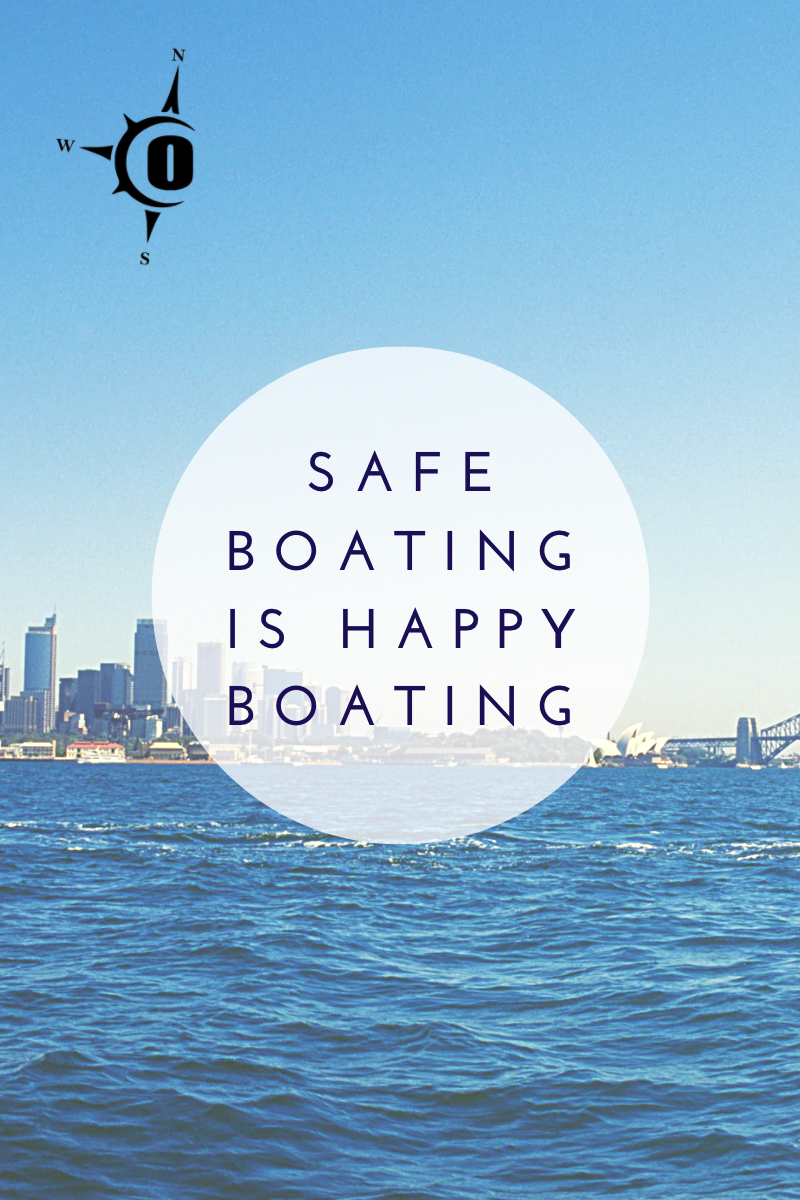Outer Limit Supply

Adventure
In Trouble In The Backcountry: Who Pays For The Rescue?
High avalanche warnings throughout the region, yet we decided to "duck the rope anyway". Some years ago, four young men passed a boundary into closed terrain. They received explicit warnings from s...

Adventure
Emergency Preparation: Ways to Safely Move A Victim
This article is prepares people on moving someone who has been critically injured. Depending on the severity of an injury, the person tasked with moving a victim must be aware and cautious of certa...

Emergency
Epic Outdoor Rescue Missions
Perseverance is one of the most under-rated traits for humans, and when it comes to defying the rules of our environment, those who persevere through anything are the ones that make the most impact.

Boating
Safe Boating is Happy Boating
Safe boating is happy boating. Lots of things can happen outside of seasickness or drowning. This article touches on a real life example of a fun day out boating - gone wrong and how you can better...

Emergency
3 Tips For Staying Calm In Emergencies
When it comes to saving lives, preparation is everything. In an effort to prepare everyone for an emergency situation, we've started to develop short articles explaining how to respond to various e...
